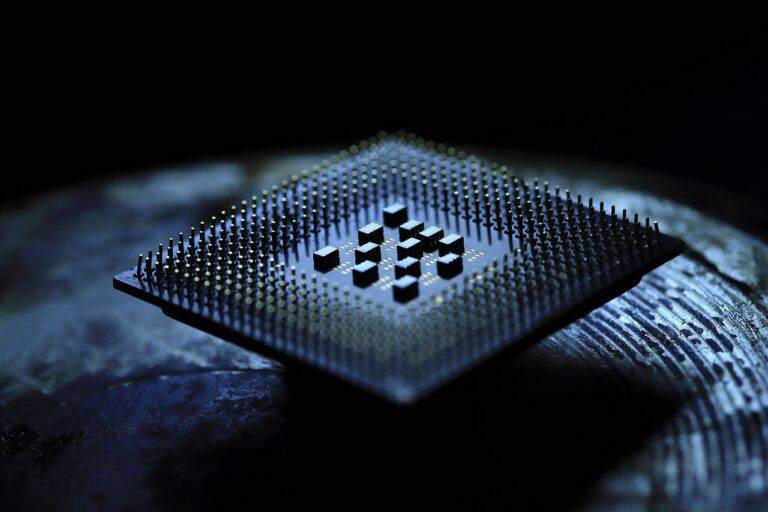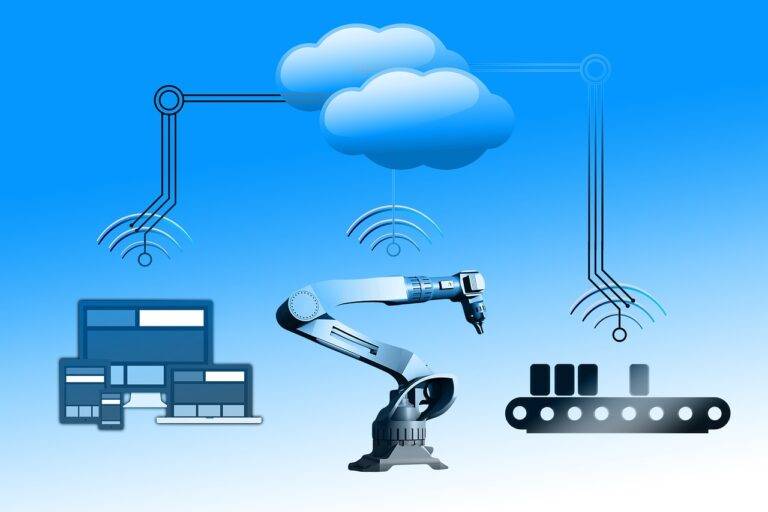Wearable Technology: Trends and Innovations
Wearable technology has a long history that dates back to the 17th century when the first wearable timepiece, the pocket watch, was invented. These early wearable devices revolutionized how people could carry and access time whenever and wherever they needed. Throughout the years, wearable technology continued to evolve, with the invention of the calculator watch in the 1970s marking a significant advancement in the field.
The 21st century saw a rapid acceleration in the development of wearable technology, with the introduction of fitness trackers, smartwatches, and augmented reality glasses. These devices provided users with new ways to monitor their health, stay connected, and access information on the go. As wearable technology continues to advance, it has become an integral part of everyday life for many people, showing no signs of slowing down in its innovation and adoption.
Advantages of Wearable Devices
Wearable devices offer users the convenience of having important information readily accessible at their fingertips. With features like fitness tracking, heart rate monitoring, and GPS navigation built into devices such as smartwatches and fitness bands, users can easily monitor their health and fitness levels on the go. This real-time feedback empowers individuals to make informed decisions about their lifestyle and overall well-being.
In addition to health and fitness benefits, wearable devices also enhance communication and productivity. Smartwatches, for example, allow users to receive notifications, answer calls, and respond to messages without having to constantly check their phones. This seamless integration of technology into everyday life streamlines tasks and keeps users connected without being tied to a traditional device. Such functionalities promote efficiency and convenience in both personal and professional settings.
What is the history of wearable technology?
Wearable technology dates back to the 17th century with the invention of the pocket watch. In modern times, the development of wearable devices has been rapidly evolving, with smartwatches, fitness trackers, and other devices becoming popular.
What are some advantages of wearable devices?
Some advantages of wearable devices include the ability to track fitness goals, monitor health metrics, receive notifications, access information on-the-go, and even make payments conveniently. These devices can also help improve productivity and efficiency in various activities.





